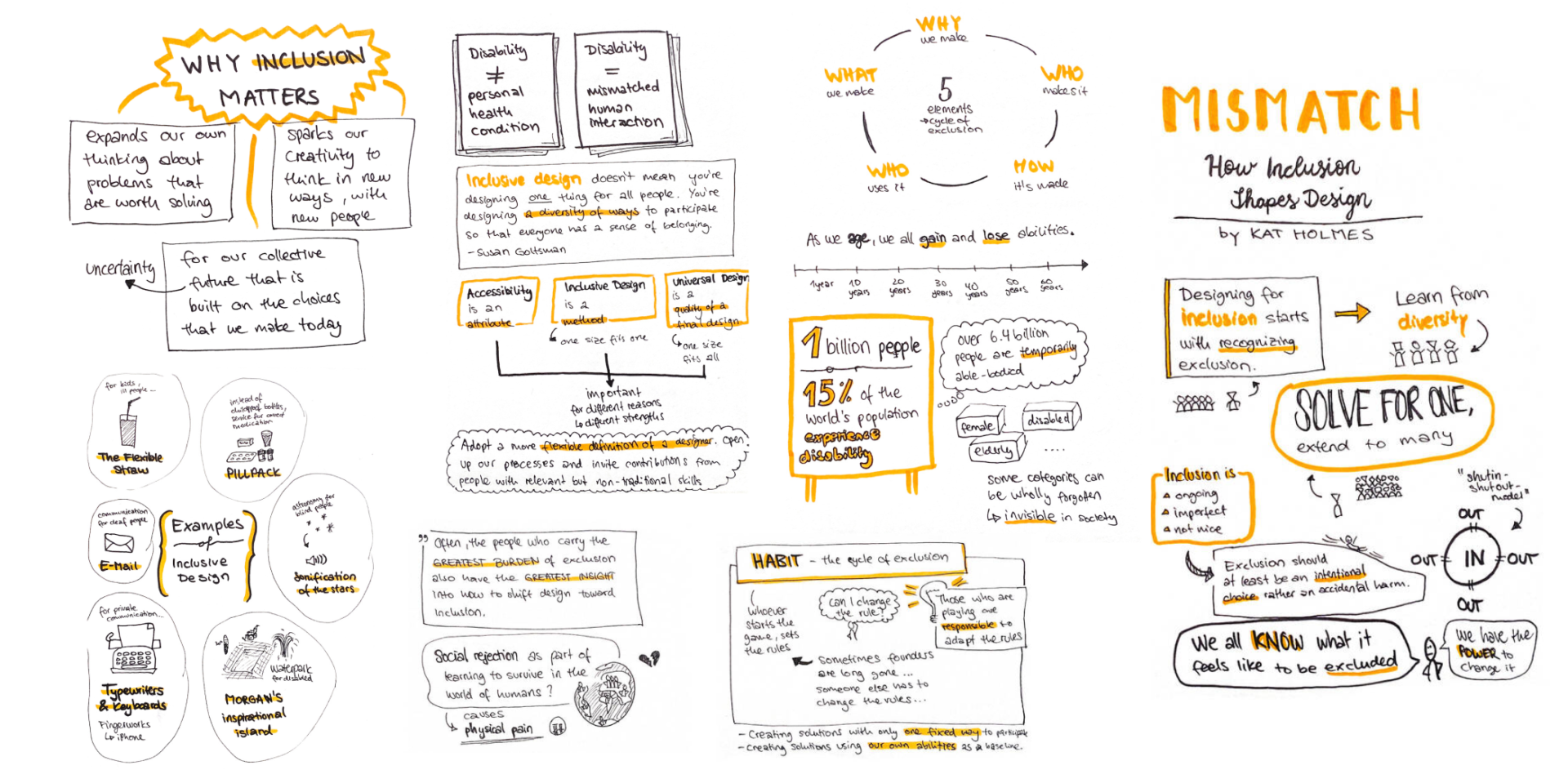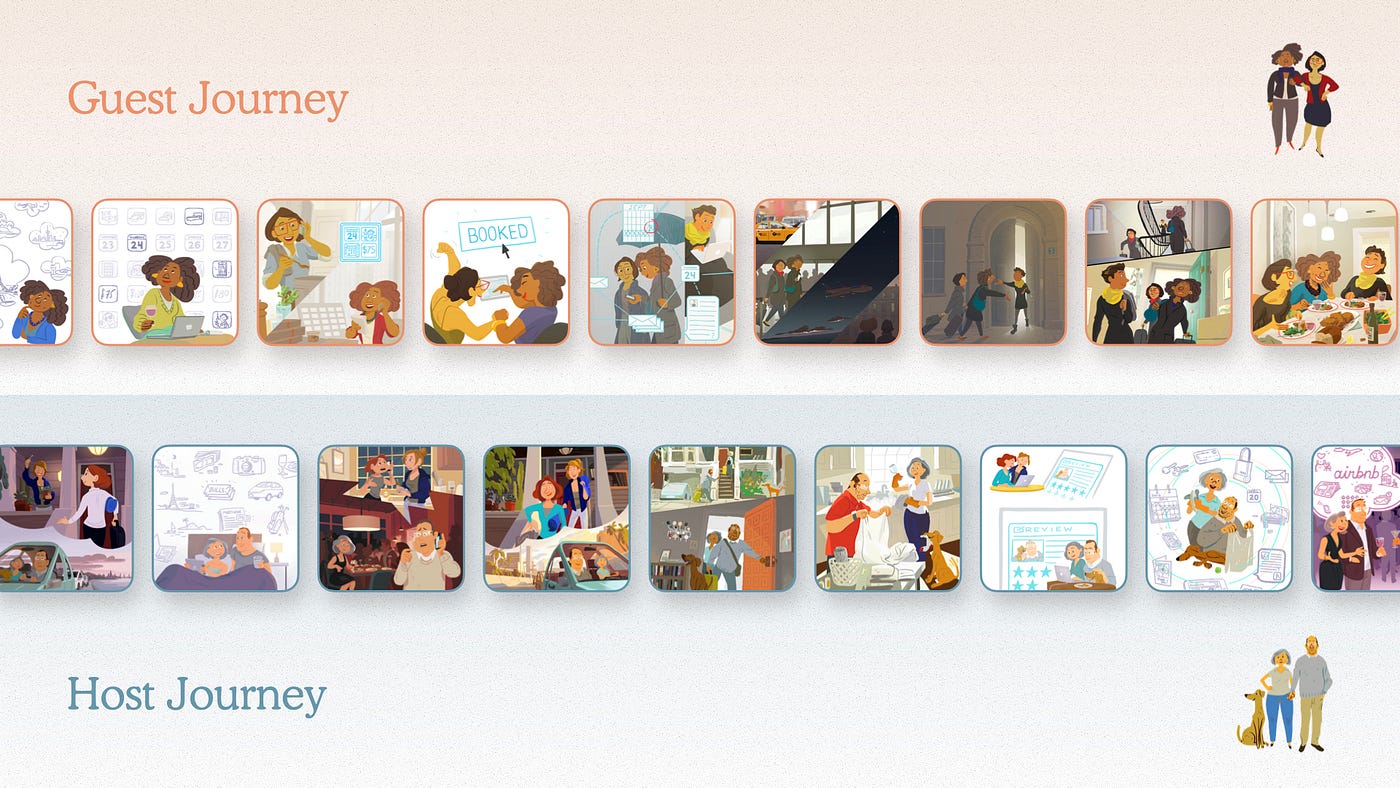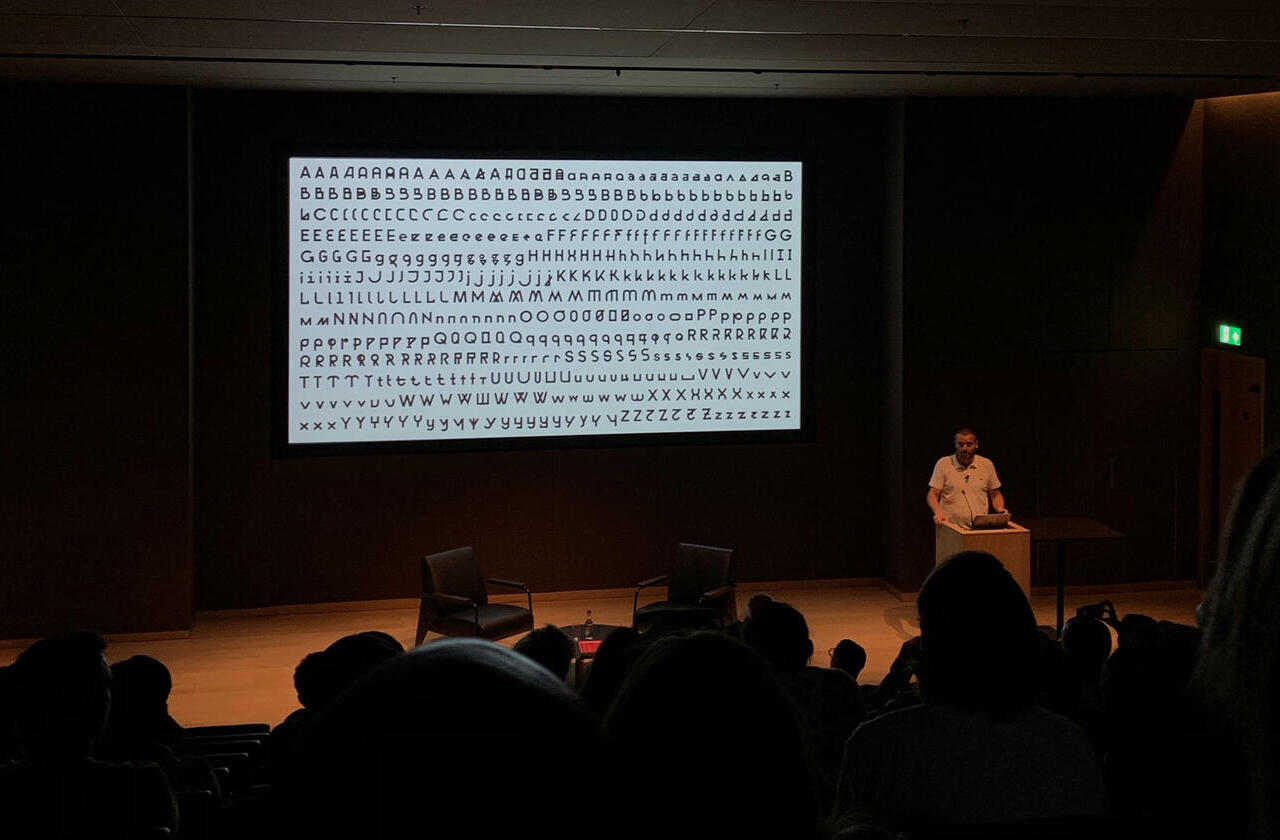





When aiming for human-centricity, businesses often overlook a crucial aspect resulting in missed opportunities for innovation and market growth.
Companies can fall into the trap of viewing user experience design as a checkbox, rather than acknowledging the impact it has on people’s lives. As a result, organisations spend most of their time within the confines of the solution space, primarily considering people in relation to their products. Shifting focus towards the problem space allows us to gain a more holistic view, recognising people who may have previously been excluded.
“Inclusion drives innovation.” – Kat Holmes
Ever watched a movie in a noisy place or sipped a cocktail in the sun? You’ve likely benefited from some of the many solutions that originated from inclusive design challenges.
Assistive tech like closed captions were intended for those with hearing impairments. The bendy straw was invented for a young daughter struggling to drink out of a straight straw. The typewriter was invented for a blind person but has inspired the keyboards we all use today.
So, do these innovations happen by coincidence, or is there a way to make it a repeatable practice that’s done with intention?
Here are 5 ways to start adopting inclusive practices into your business.
‘All humans are fully human, with many ways of being in the world.’ – Indi Young
In 2001, ‘disability’ was defined as “a mismatched interaction between the features of a person’s body and the features of the environment in which they live”. The conversation has since shifted from discussing disability as a medical condition to considering how our decisions have the potential to either increase or decrease these mismatches.

Everyone experiences disability. Someone with a broken arm (temporary), or a new parent holding their child (situational), could have similar needs as someone with one arm (permanent). We should consider all dimensions of diversity that might impact how we engage with products, including gender, age, race, language, culture, environment and more.
Microsoft expanded their inclusive toolkit to recognise neurodiversity, addressing mismatches that arise from varying cognitive demands, such as learning, focus, decision-making, recall and communication.
Does a few hours spent interviewing a select group of users really constitute good research? While it’s a good place to start, empathy alone doesn’t always ensure inclusion.
There’s been a noticeable shift towards teams designing with users, rather than just for them; working alongside those closest to the problem and empowering them to be part of the process. IDEO champions co-design as a standard practice in their projects, learning and creating with the people who are the experts in their own world.
Kat Holmes believes success begins with asking “Who’s voice is missing?”. When designing the Microsoft voice assistant, Holmes conducted research with people outside of their target market, learning from those who had been using similar technologies as accessibility tools for decades. This invited crucial perspectives and resulted in a more nuanced, inclusive product.
We can explore more inclusive research practices, such as listening sessions, inclusive co-design, photovoice, gamestorming, participant recruitment and the nuanced reporting of quantitative insights to avoid oversimplifying patterns.
Google’s Head of Product Inclusion, Annie Baptiste, encourages us to centre and prioritise underrepresented groups “not only at one point in the process but at multiple points along the way”, identifying “inflexion points” where an inclusive lens can be brought in.
Are you “Simon”, the 52-year-old chef from Cardiff? Or “Julie”, the millennial CrossFit lover from Hull? No? Well, this is how many companies see you.
Personas are intended to embody real users to avoid teams thinking about themselves when building solutions – which in theory sounds great. However, they can invite bias and generalisations when we fail to represent the nuances and uniqueness of our audience.
New methods are being invented to compensate for these shortcomings; including thinking styles, need-based personas, morphological tensions, pokemapping, user models and more.
“There isn’t one Airbnb user, or five Airbnb users. There are thousands of different individuals who can use Airbnb.” – Benjamin Evans, Airbnb
Airbnb used storytelling to shift its whole business and product strategy. When creating their mobile app, they introduced a storyboarding technique used by Disney to create Snow White. They hired Pixar animators to bring to life real people, stories and emotions, scattering them across the walls, evolving them as they learn and enabling employees to pinpoint where they impacted the journeys.

Although practising inclusive design should make products more accessible, compliance shouldn’t be the primary end goal. Inclusive design is a method where the goal is for everyone to participate and feel a sense of belonging.
AirBnb learned that their ‘wheelchair accessible’ filter failed to provide guests with the confidence that homes would be accessible to them. While the website itself may meet accessibility standards, the content and overall experience was failing to fulfil the needs of a particular user group. They engaged with the community and ended up expanding their filters, as well as supporting hosts to accurately assess and utilise their homes.
“Diversity is being invited to the party; Inclusion is being asked to dance.” – Vernã Myers
We have a responsibility not only to build an organisation that is representative of the diverse world we live in, but to actively remove barriers to creating environments that embrace different perspectives, backgrounds and lived experiences. This starts with looking around the room at who’s making the decisions, recognising what biases we hold and who might be missing.
Inclusive teams make inclusive products, meaning we should foster a culture that values every voice, irrespective of titles, and embraces various participation methods. Learn how IDEO benefitted from involving kids in brainstorm sessions, to test materials and prototype concepts.
DE&I initiatives should introduce approaches that not only diversify our teams but set the conditions for that talent to thrive. These encompass strategies like reverse mentorship, inclusive recruitment, and measuring “sentiment data” alongside demographic data. This has been proven to improve the quality of business outputs, as well as boost employee satisfaction, retention and performance.
Final thoughts
Inclusive design is a journey. It’s unlikely we’ll ever reach a perfect state, but we can continually take steps to reach an improved one. More and more, technological advances are reflecting real-world biases, emphasising the importance of making this a priority to create ethical systems people can trust.
Whether you’re a leader, researcher, designer, product manager or developer, the responsibility of shaping inclusive environments and products sits with all of us.



Our dedicated team dives deep, delivering relentless value and aligning digital solutions with your goals in a way that guarantees success
Learn more